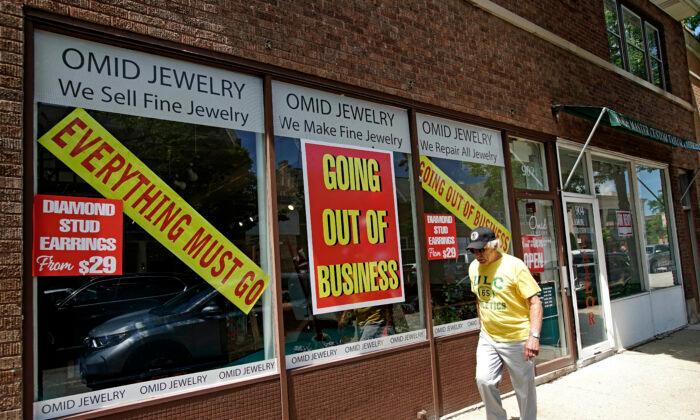The United States added 1.76 million jobs in July 2020, compared to a consensus estimate of 1.48 million, while the unemployment rate fell to 10.2 percent, versus 10.6 percent expected.
It’s true that the rate of job creation is slowing and the labor force participation rate remains at 61.4 percent, but we need to compare the figures with the rest of the world, where we’re witnessing a worrying “jobless recovery.”
Headline official unemployment rates are misleading due to different subsidies and furloughed jobs. If we use comparable figures, the United States’ inactive share of the labor force is significantly smaller than the same figure in the eurozone.
It also shows something that many commentators ignore: Massive entitlements and government spending plans haven’t helped the eurozone improve its job market in the recovery.
Job Creation
Once we have established the differences between both economies, we must be alert to a global problem: the jobless recovery.Markets and investment analysts have greeted the latest global PMI (purchasing managers’ index) figures with euphoria. Most leading economies posted PMIs in expansion in July, and the global index pointed to a return to growth both in services and manufacturing.
But companies continued to shed jobs after three months of reopening.
A global PMI recovery with widespread job destruction shows us that most of the headline PMIs simply reflect a month-on-month bounce from depressed levels, not a return to pre-COVID industry levels. Yes, there is a recovery, but, as we’ve mentioned in this column before, if governments don’t implement significant supply-side measures that incentivize new business creation and growth in small ones, we may find that the global activity trend weakens almost as fast as it bounced.
Without a rapid recovery of the lost jobs and a sustainable increase in consumption, we may find that the build in overcapacity and slack in the economy will prolong the downturn and make it more difficult to heal the economy.
So far, the United States is leading in employment improvement, but the full recovery is extremely far away. The United States cannot be complacent and accept an unemployment rate of 9.3 percent in 2020 falling to 5.5 percent in 2022 as the Federal Reserve predicts. Unemployment needs to be back to the pre-COVID-19 3.5 percent rate quickly, and that will only be achieved with bold supply-side measures, tax incentives, and a strong policy of capital attraction.
The United States needs to separate itself from other governments’ policies. It must liberalize and cut red tape to boost job creation, because the recovery is stalling in many developed and emerging economies, and copying failed interventionist measures will not bring employment back.





